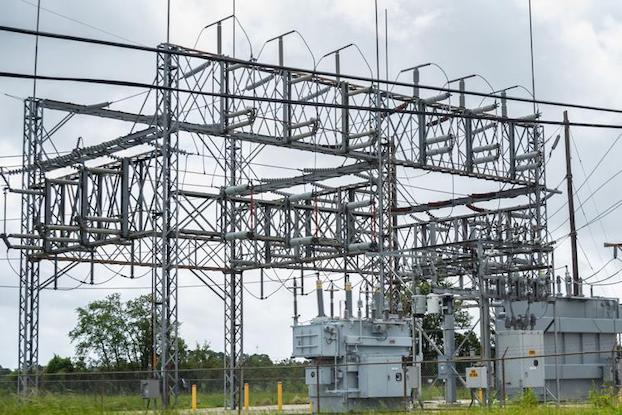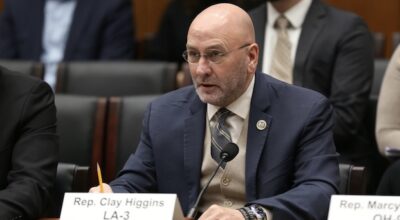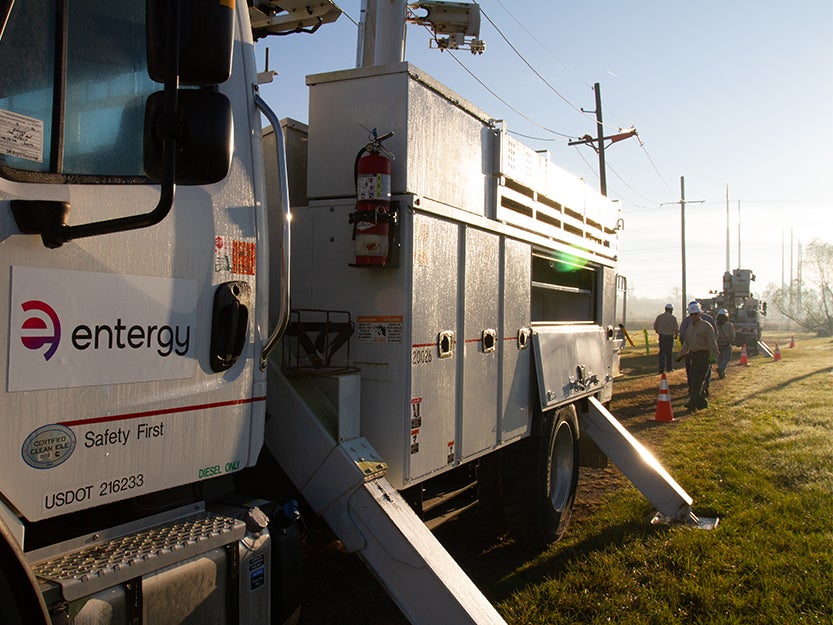Textron expands production on Navy Ship-to-Shore Connector Program
Published 1:50 pm Monday, April 13, 2015
NEW ORLEANS (AP) — Textron Systems Marine & Land Systems, a Textron Inc. business, announced today it has been awarded a $84,087,095 contract option from the U.S. Navy Naval Sea Systems Command for two next-generation Landing Craft, Air Cushion (LCAC) vehicles and associated technical manuals as part of the Ship-to-Shore Connector (SSC) program. Marine & Land Systems will assemble crafts 102 and 103 at its New Orleans Shipyard. Deliveries are expected in the fourth quarter of 2019.
SSC craft will serve as the evolutionary replacement for the Navy’s existing fleet of LCACs, which are nearing the end of their service life. Their mission is to land surface assault elements in support of operational maneuver from the sea, at over-the-horizon distances, while operating from the Navy’s amphibious ships and mobile landing platforms. Like earlier LCACs, these craft also will be used for humanitarian and disaster relief missions.
The new air cushion vehicles, offering increased reliability and availability, are designed for a 30-year service life. They will use more corrosion-resistant aluminum in the hull than current LCAC, as well as composites in the propeller shroud assembly and shafting to increase craft availability and lower life-cycle maintenance costs. These craft also will incorporate an advanced skirt, a pilot/co-pilot arrangement, a cargo deck to accommodate a 74 short ton payload (up to M1A1 Tank), and more powerful, fuel efficient Rolls-Royce engines.
“The multi-million dollar technology investments we’ve made for the SSC program at our 600,000 square-foot shipyard are set to deliver important dividends to our Navy customer in terms of manufacturing efficiencies, productivity and quality,” explains Tom Walmsley, senior vice president and general manager, Marine & Land Systems. “The new craft our team is fabricating and assembling will offer improved performance over legacy LCAC along with enhancements that will increase availability and reduce ownership costs for the Navy.”
Textron Systems, in July 2012, earned a $213 million contract for the detailed design and construction of the SSC Test and Training craft (LCAC 100), which is scheduled to be delivered in 2017. The initial SSC contract includes total options for up to eight production craft to be delivered by 2020. A contract option for LCAC 101 was awarded in August 2014. The SSC program requirement is for a total of 73 craft (one Test and Training and 72 operational craft).
Certain statements in this press release may project revenues or describe strategies, goals, outlook or other non-historical matters; these forward-looking statements speak only as of the date on which they are made, and we undertake no obligation to update them. These statements are subject to known and unknown risks, uncertainties, and other factors that may cause our actual results to differ materially from those expressed or implied by such forward-looking statements, including, but not limited to, the efficacy of research and development investments to develop new products or unanticipated expenses or delays in connection with the launching of significant new products or programs; changing priorities or reductions in the U.S. Government defense budget, including those related to military operations in foreign countries; changes in worldwide economic or political conditions that impact demand for our products, interest rates or foreign exchange rates; our ability to perform as anticipated and to control costs under contracts with the U.S. Government; the U.S. Government’s ability to unilaterally modify or terminate its contracts with us for the U.S. Government’s convenience or for our failure to perform, to change applicable procurement and accounting policies, or, under certain circumstances, to withhold payment or suspend or debar us as a contractor eligible to receive future contract awards; changes in foreign military funding priorities or budget constraints and determinations, or changes in government regulations or policies on the export and import of military and commercial products; and performance issues with key suppliers, subcontractors or business partners.
(Image courtesy of Textron.com)




